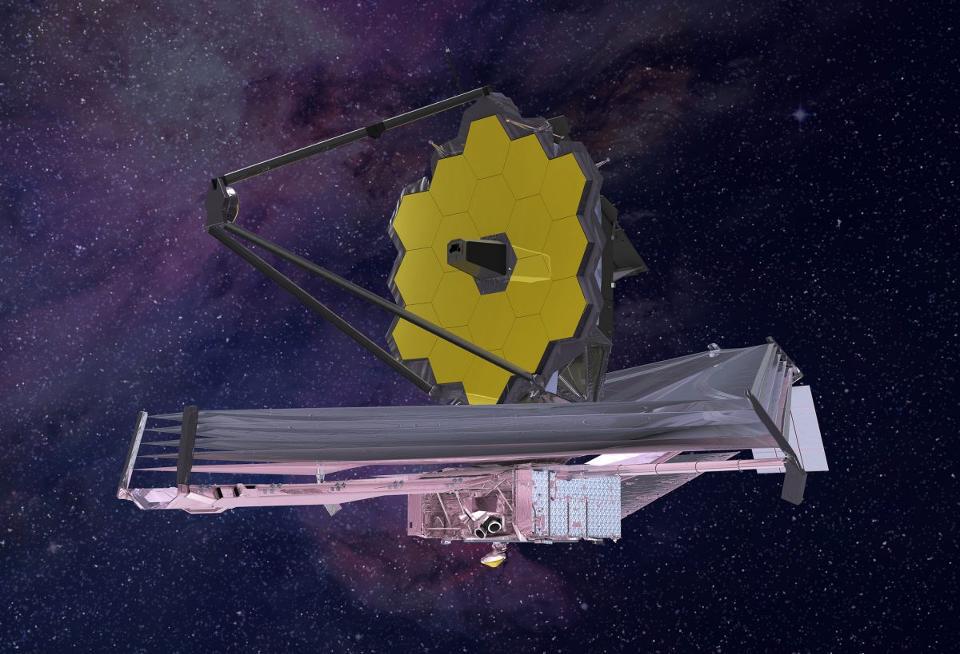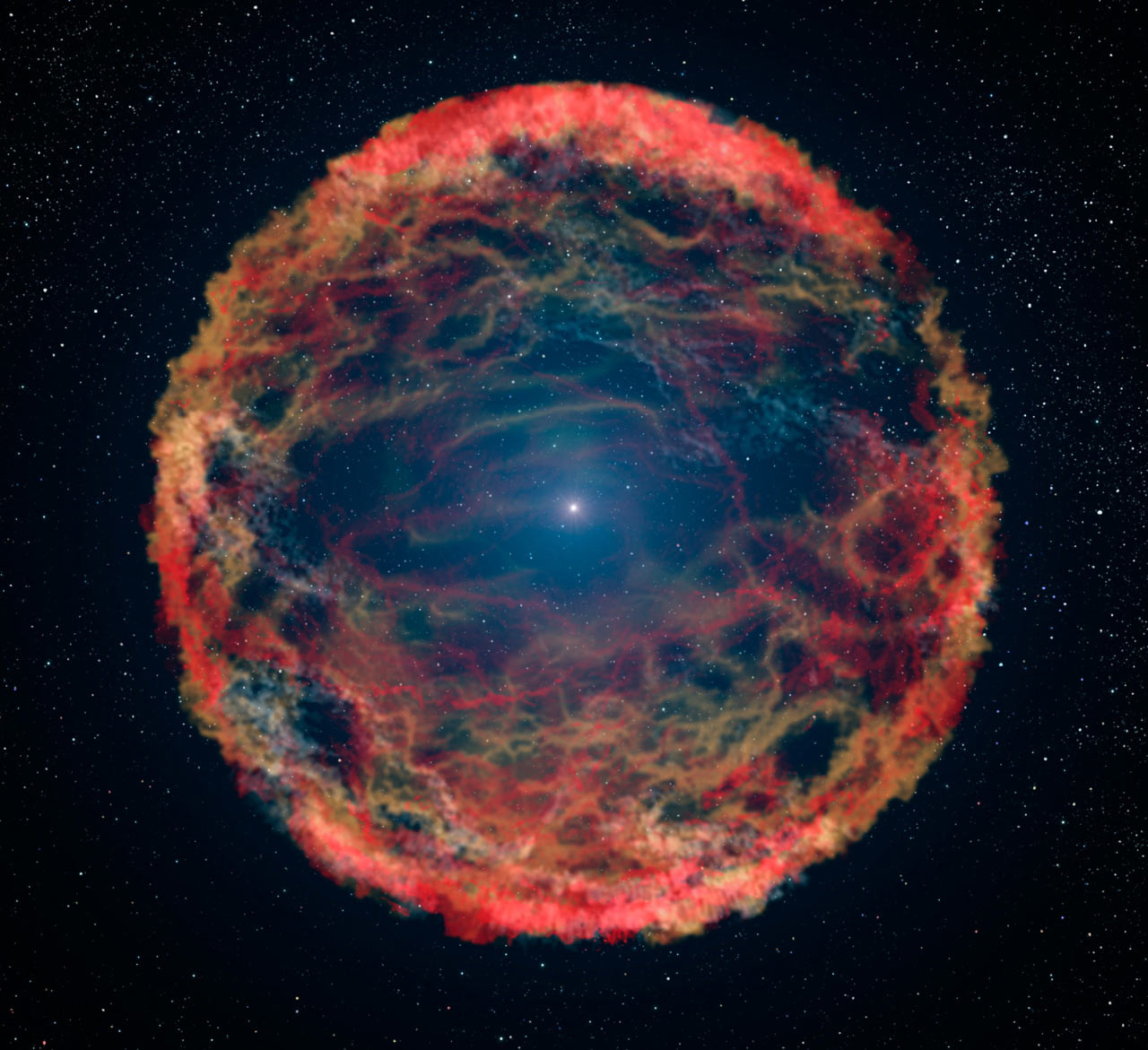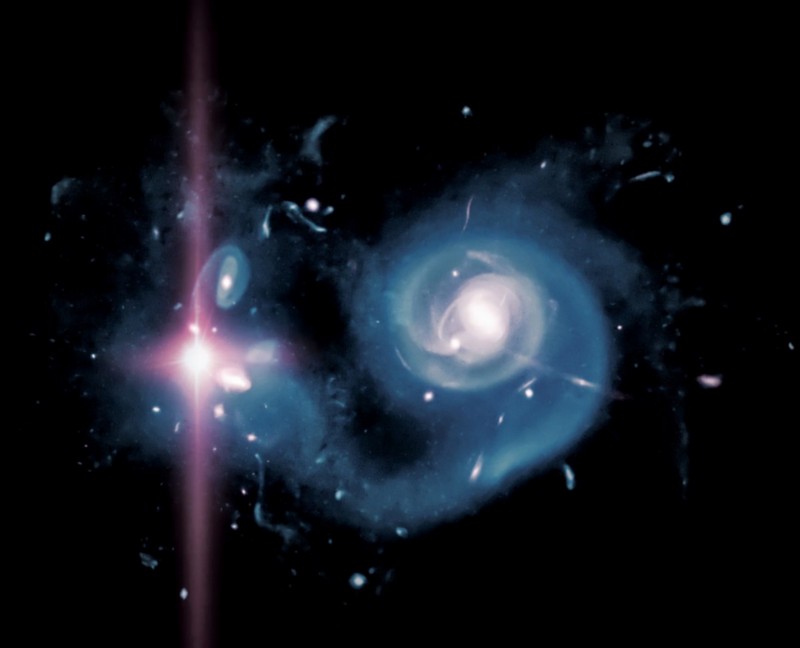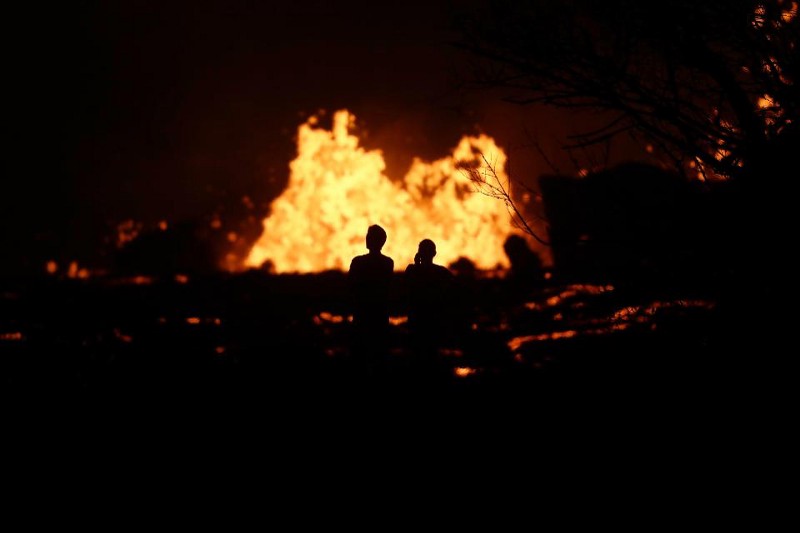Ancient Supernoval Stardust Is Found in Magnetic Bacterial Crystals
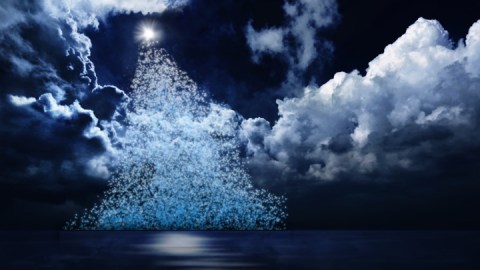
About 2.6 million years ago, a gigantic star exploded 300 light years away from earth. The explosion was close enough that if we’d been here, we might well have seen its flash in the sky. As our solar system passed through the cloud of stardust left behind some of its radioactive iron-60 particles fell through the atmosphere, settling at the bottom of the ocean where it amazingly still remains thanks to some hungry ancient bacteria. And the timing of the blast is particularly intriguing because it aligns with a major oceanic extinction event on earth. Toxic stardust could explain it.
Iron-60 isn’t native to our world. It comes only from supernovae, and it was found in our Pacific oceanic crust in 2004.
Initial attempts to figure out when the stardust arrived were unsuccessful because its iron-60 particles were in sediment that builds up at the stately rate of a millimeter every million years. That makes any kind of precise measurement and analysis difficult.
The explosion wasn’t properly dated until recently in a study from the Proceedings of the National Academy of Sciences (PNAS). A more measurable, faster-growing kind of sediment — it goes from 10 to 20 meters every million years — allowed scientists to nail down the timing. (The study also revealed that it took 800 million years for the solar system to pass through the stardust cloud.) But these scientists aren’t the heroes of our story.
The reason the iron-60 hasn’t oxidized into and broken down is that its nano-scale particles were ingested by a particular type of bacteria — our heroes — that fed on them. These bacteria are unusual in that they grow dozens of itty-bitty bar magnets, actually crystals of oxygen and iron. When the bacteria die, what’s left behind are the crystals, and that’s where scientists found the telltale signs our exploding star.
So a long-ago lunch of the most tiny iron-hungry bacteria turns out to have led us to something utterly huge: a massive nearby star explosion that fairly rocked our world nearly three million years ago.
